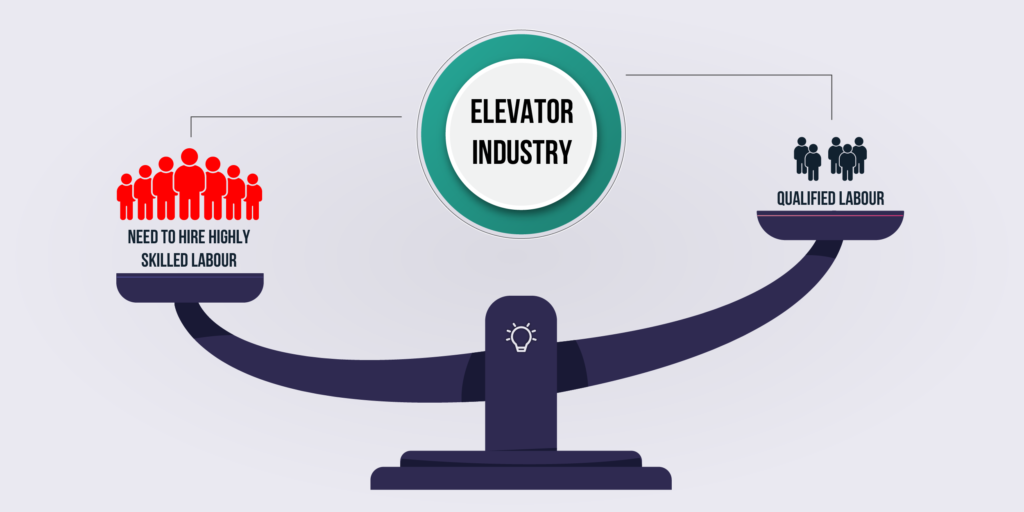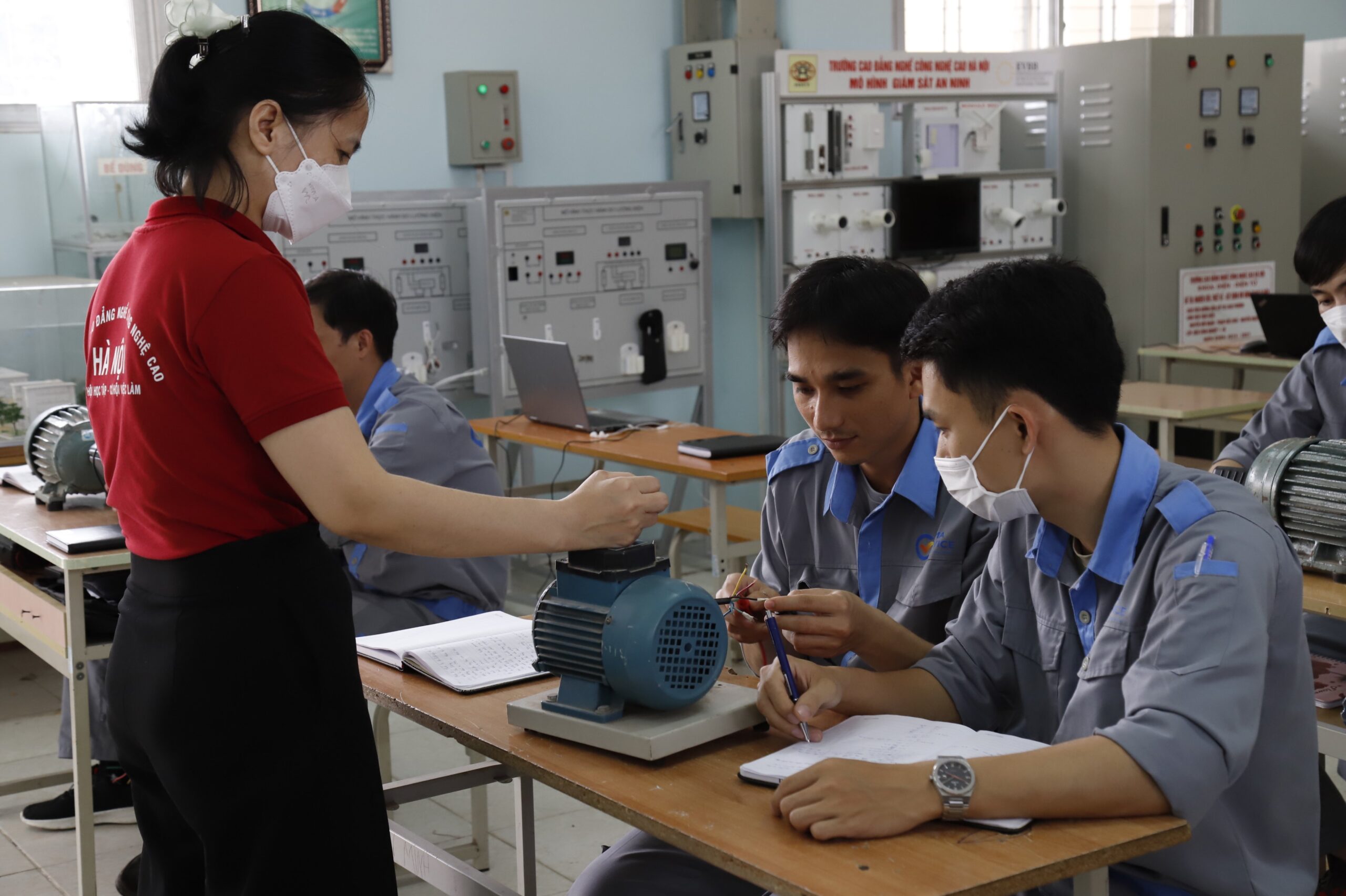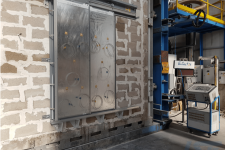Human resources in the elevator industry are currently weak and lacking. This situation poses significant challenges for the development of enterprises and the whole elevator industry in Vietnam.
As the "storm" of information technology makes buildings smarter, elevators and escalators also need to be smarter to serve the needs of people moving. Along with that, the demand for installation, maintenance and repair of these systems also increases. This requires a team of highly skilled and technical technicians to meet the rapid development of the market.
According to the forecast of the Department of Occupational Safety - Ministry of Labor, Invalids and Social Affairs, by 2043, when Vietnam becomes a developed country, the number of elevators may reach millions of elevators.
Correspondingly, the number of technical staff required will be around 10,000 people and will continue to increase in the coming years. Besides, the demand for young human resources in the elevator field of advanced countries is also very large. This is a potential market for labor export activities.
However, the quality of human resources has not yet met the needs of the labor market. That is the situation of human resources lacking professional knowledge, not having formal and specialized training in the field of elevators. The level of human resources is not commensurate with the development speed of the elevator industry.

Elevator industry workers: Demand is "thirst" for qualified human resources while supply has not been able to meet it
Ho Chi Minh City has 29 public colleges and 19 public intermediate schools, but there is no formal training institution for the elevator industry. The knowledge content that schools are teaching is just a small module in the training curriculum for other professions/vocations such as automatic control, mechatronics, building management and operation, etc.
Assessing the development orientation of society, the needs of the labor market, solving the urgent needs of labor in the elevator industry in recent years, vocational education institutions in Ho Chi Minh City have associated with enterprises in the field of elevators. These are the forms of cooperation agreements to bring students to practice at enterprises, set up the elevator vocational training center of the enterprise at the university, creating conditions for students in occupations close to the field of study, practical experience, improve expertise in elevators. This has contributed to supplying the market with an important labor force. In the South, Ly Tu Trong College in Ho Chi Minh City cooperated with KONE Vietnam to establish a KONE training center; Cao Thang Technical College associated with Schindler elevator company,… are typical examples.
In addition, when there is no training program and training code on elevator engineering in the vocational education system, enterprises in the elevator industry are forced to actively organize training courses to improve their skills to build human resources in the enterprise. This will lead to difficulties in the state management of vocational education, management and quality improvement of human resources in the elevator sector.

Training cooperation between Hanoi Vocational College of High Technology and Gama Service bring high practical efficiency for students of elevator engineering
Firstly, the vocational education system needs to be granted an industry code to open a formal training in elevator engineering, from basic to specialized in this particular discipline. This also requires the work of fostering and improving professional practice for teachers involved in training. Training programs need to be constantly updated, with the participation and exchange of ideas from businesses to increase the practicality and follow the needs of the labor market. Innovating teaching methods and training methods suitable for the elevator industry. The most suitable method is learning by doing (training on job or training by doing). In Vietnam, there are GamaLift, Kone, and Schindler units that implement this model. This is the optimal training method that needs to be replicated to meet the increasing human resource needs of the elevator industry.
Secondly, it is necessary to soon develop a National Occupational Skills Standards for the elevator industry. This is the most basic premise to standardize the workforce in the industry, facilitating management and monitoring the quality of human resources. What would it be like if there were no standards to compare and evaluate, especially related to the skills and qualities of the human factor?
Thirdly, the elevator business community needs to strengthen linkages with the Vietnam Elevator Association to transfer knowledge, orientation training, expertise, and professional skills to employees related to the elevator field.
Fourthly, to develop mechanisms and policies to encourage enterprises to participate in the training process of the school, to replicate the model of schools in association with enterprises on training elevators for learners at the school. At the same time, strengthen the equipment and facilities for vocational training in elevators at the school in order to standardize human resources to keep up with social needs.
The relationship between vocational education and the labor market is a supply-demand relationship. In order to meet the quality of human resources according to the labor market demand, vocational education and training institutions as a supplier of trained human resources and enterprises as an employer are required. There must be close and effective coordination in order to create a workforce with high skills and good ethics, meeting the needs of the market, contributing to improving and promoting Vietnam elevators industry develop quickly and sustainably.
Post-graduate Dang Minh Su, Head of vocational education department, Department of Labor, War Invalids and Social Affairs, HCMC





